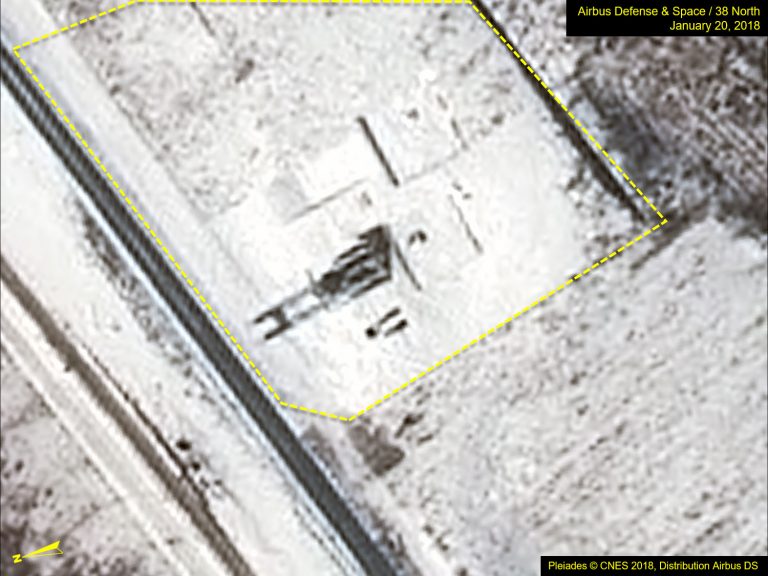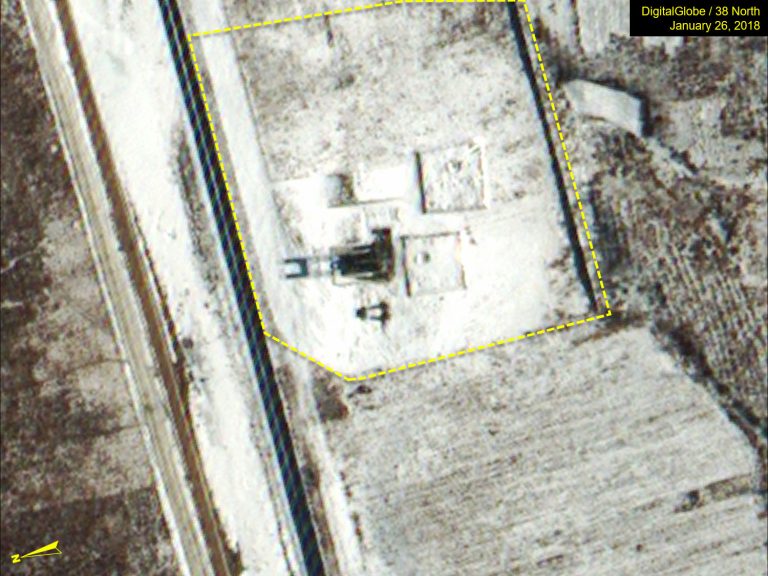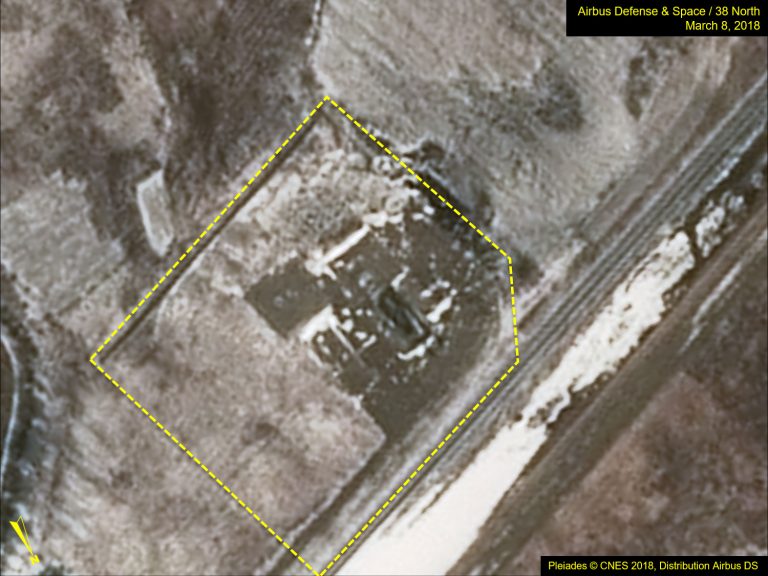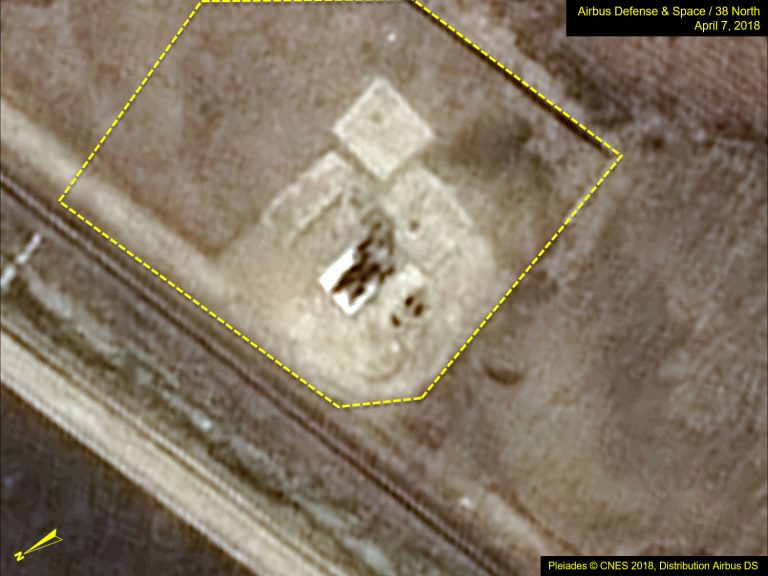North Korea Razing Key Missile Test Stand
New commercial satellite imagery indicates that North Korea is razing the missile test stand at the Iha-ri Driver Training and Test Facility north of the city of Kusong in the wake of Kim Jong Un’s April statement announcing a unilateral suspension of ballistic missile and nuclear tests. The stand is the only known facility used for land-based, canister-launched ballistic missile ejection tests critical for developing the solid-propellant Pukguksong-2 (KN-15) medium-range ballistic missile and its follow-on systems. The stand could also have been used for testing larger canister-based ballistic missiles such as the intercontinental ballistic missiles (ICBM) displayed during the April 2017 military parade in Pyongyang. It is unclear whether the destruction of the stand is an indication that the North is suspending this portion of its missile program or that Pyongyang plans to erect other similar facilities in the future.
The Iha-ri Missile Test Stand
The Iha-ri test stand was the only known facility for land-based, canister-launched ballistic missile ejection tests and represented a critical component in the test and development infrastructure for the solid-propellant Pukguksong-2 (KN-15) medium-range ballistic missile (MRBM) and its follow-on systems (e.g., Pukguksong-3, etc.).[1] It could have potentially also been used for testing larger canister-based ballistic missiles such as the TEL and MEL intercontinental ballistic missile (ICBM) systems displayed during the April 2017 military parade.[2] The development of canister-based ballistic missiles is important for North Korea’s Strategic Force as it enhances their abilities to more securely transport missiles over greater distances, protect systems from environmental conditions and reduce launch preparation times. This, in turn, has the potential to reduce maintenance requirements, provide for greater tactical flexibility and improve wartime survivability.
The design of the Pukguksong-2’s launch canister and ejection system is based upon that developed for the Pukguksong-1 (KN-11) submarine-launched ballistic missile (SLBM) program and data acquired from the ejection tests conducted from the test stand at the Sinpo South Shipyard. The new tracked TEL for the Pukguksong-2 is built at the No. 95 Factory—one of North Korea’s oldest tank and armored fighting vehicle production facilities.[3] It was therefore not unexpected that decisions were made to use the factory’s Iha-ri Driver Training and Test Facility—5 km to the south—to both conduct the first Pukguksong-2 test launch on February 12, 2017 and to construct a test stand to support ongoing systems development and—just as importantly—conduct crew training for Pukguksong-2 units and follow-on programs.
Figure 1. The Pukguksong-2 moving to launch position at the Iha-ri Facility in preparation for its first test launch, February 13, 2017.
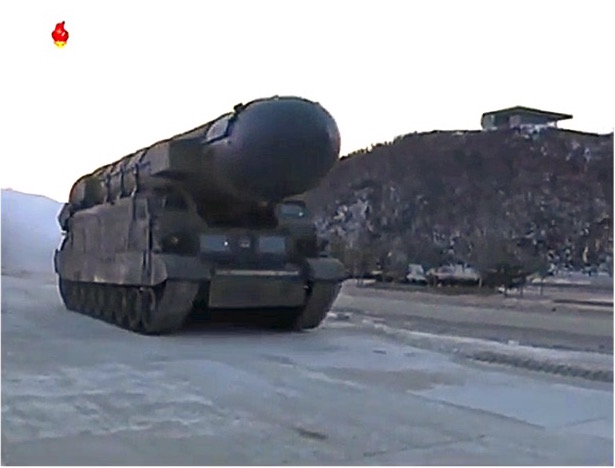
Figure 2. The first test launch of the Pukguksong-2 at the Iha-ri Facility, February 12, 2017.
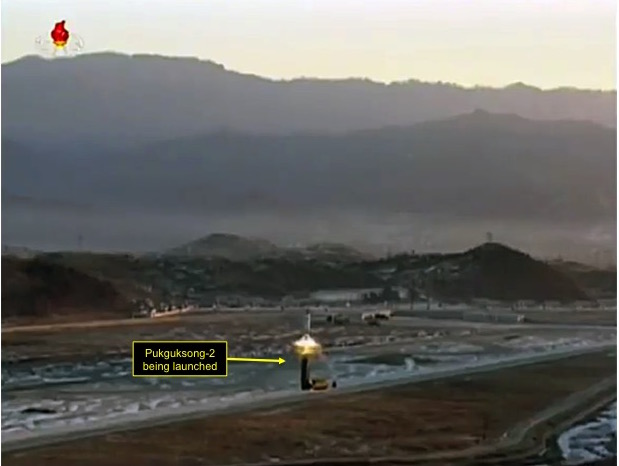
The first known indicator of the use of the Iha-ri Facility for Pukguksong-2 test, development and crew training was identified in commercial satellite imagery on February 11, 2017—two days before the system’s first test launch. In that image, a tall object is seen on the south side of the main vehicle test track at the location where the test stand would be subsequently constructed. The nature of the object and its measurements are challenging to determine, although it appears to be a raised launch canister on a MEL or transporter-erector (TE). Also, visible in the image is a partially completed retaining wall used to redirect rainwater runoff away from the test stand area.
Figure 3. View of the location of the future test stand site at Iha-ri Driver Training and Test Facility on May 19, 2016.
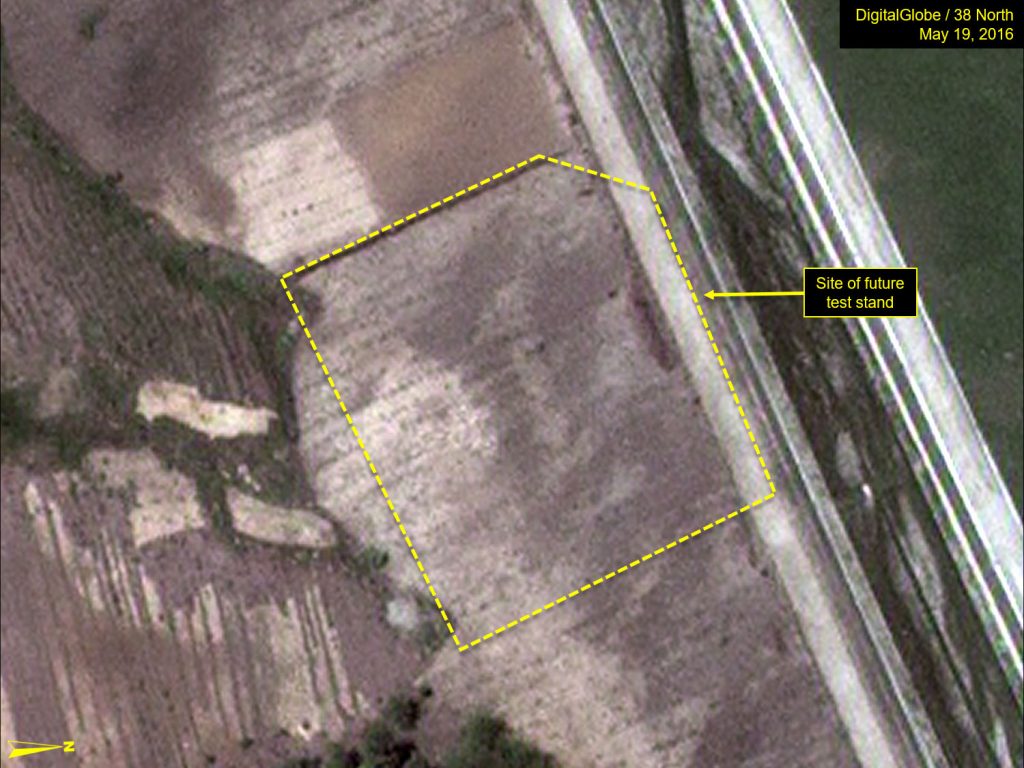
Figure 4. What may be a raised launch canister on a MEL or TE seen on February 11, 2017—two days before the first test launch of the Pukguksong-2. Visible behind the object is the retaining wall under construction.
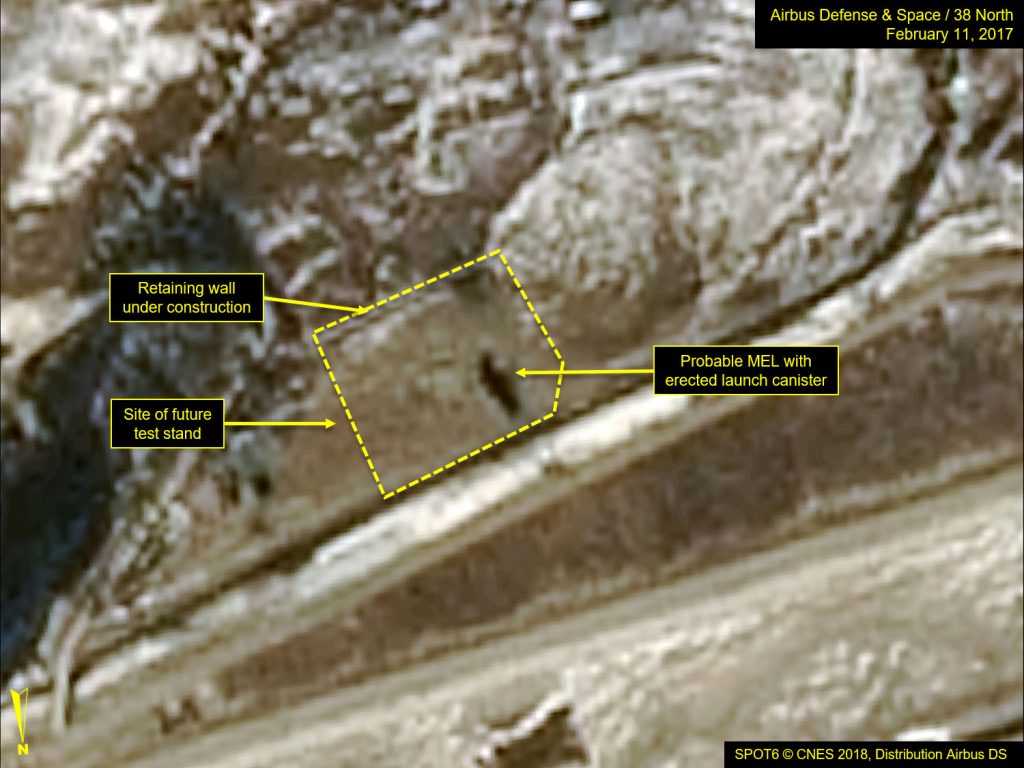
Construction of the test area, vehicle ramp and impact pads began within days of the February 13 Pukguksong-2 launch. A satellite image from March 14, 2017 shows that the test area does not yet have a concrete pad or support tower. Rather, the site appears to consist of an approximately 12-meter-long MEL trailer with a raised launch canister approximately 13×3.8 meters—this is considerably larger than that used by the Pukguksong-2 and suggests that there are other canister-based missiles being researched.[4] The base of the launch canister sits on a MEL trailer approximately 1 meter off the ground. Just a few meters west of the raised launch canister are two small vertical tanks (potentially for fire suppression equipment) and a small shed.
Figure 5. The almost complete test stand site seen on March 14, 2017. Of note is the raised launch canister on a MEL trailer, completed impact pads, arched launcher ramp and the completed retaining wall. The area has yet to be paved with compacted gravel. The two small vertical tanks and small shed can just be made out behind the raised launch canister.
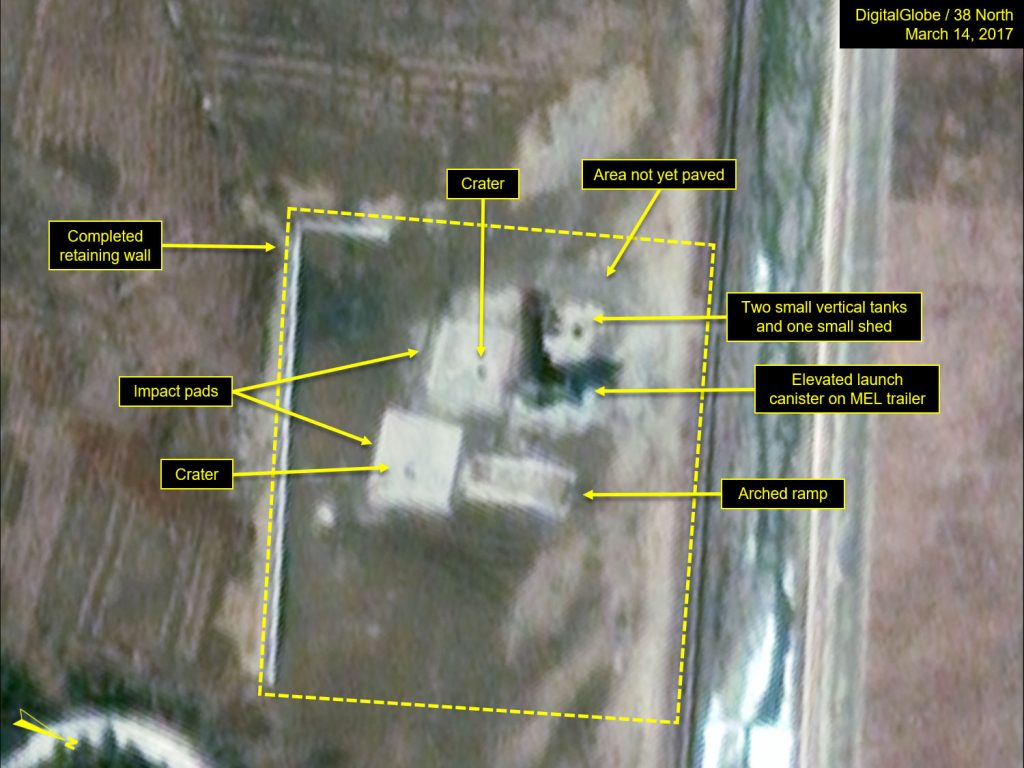
By October 2017, construction at the site had reached a completed state, covering an area of approximately 175 square meters of compacted gravel and consists of a 92-meter-long “L-shaped” retaining wall, an open steel framework support structure—that replaced the earlier MEL—on a 9×13 meter concrete pad in front of a roughly rectangular 50 square meter impact pad, and a 7×18 meter arched ramp (likely also constructed of compacted gravel) in front of a roughly rectangular 55 square meter impact pad—large enough to support the Pukguksong-2 TEL or larger MELs.
The support structure is an approximately 6.5 meters high, two-level, open-rectangle framework measuring approximately 7×4.5 meters at its base and first level, and approximately 4.5×4.5 meters at its upper level. While the support structure was capable of being used for systems taller than the Pukguksong-2 launch canister, it would appear reasonable at the time that if an extended test program for such systems was undertaken that the stand’s height would be increased or entirely replaced. There were single 3- and 4-meter-wide depressions in the top of both impact pads. The cause for these is unclear. They are potentially the impact craters from tests of small circular or spherical objects. They are not impact craters caused by ejection tests of objects the size or shape of ballistic missiles, which would tend to be larger and irregularly shaped.
Figure 6. By October 30, 2017, the site has almost been completely paved with compacted gravel and the MEL has been replaced by a two-story open-frame support structure. The two small vertical tanks and small shed are visible on the west side of the test stand and tracks can be clearly seen in the compacted gravel made by the turning of heavy vehicles.
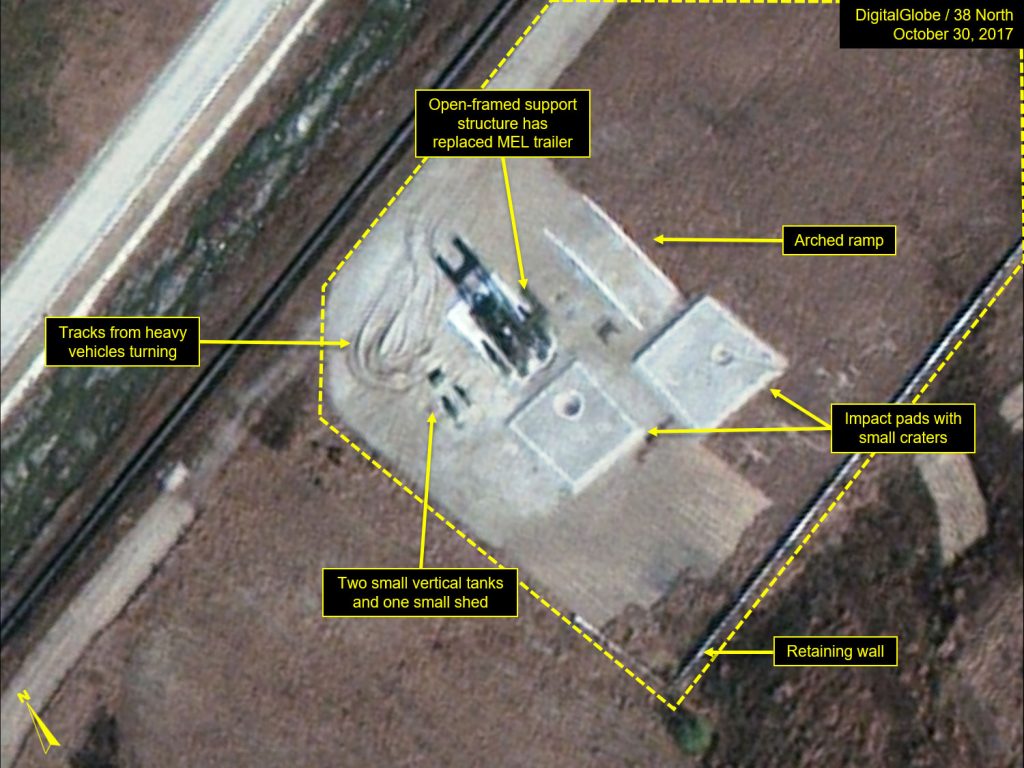
Little activity was observed at the test stand between October 2017 and April 2018, however, the facility was being well maintained and ready to conduct additional tests if required.
Figure 7. The test stand site has remained essentially unchanged during the past five months as seen in images from January, March and April 2018.
In the wake of Kim Jong Un’s April 2018 statement announcing a unilateral suspension of ballistic missile and nuclear tests, a decision was made to raze the Iha-ri test stand. This work began during the second week of May and had been almost completed by May 19. A search of the Kusong area using the May 19 image reveals no new construction that can be directly tied to a new test stand.
Figure 8. A May 19 image shows that the test stand structure has been removed and that most of the support infrastructure has been razed.
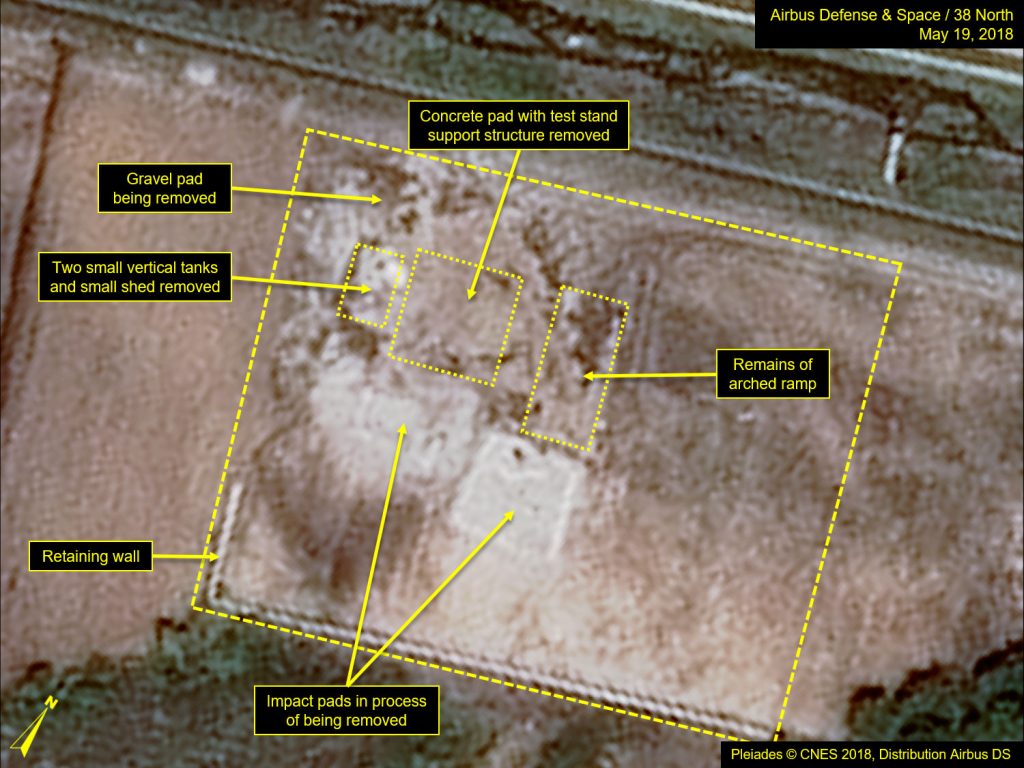
- [1]
There is a similar and older test stand at the Sinpo South Shipyard that has been used for ejection tests of Pukguksong-1 (KN-11) submarine launched ballistic missiles (SLBM).
- [2]
This parade was in celebration of the 105th birthday anniversary of Kim Il-sung and also known “Day of the Sun.”
- [3]
The No. 95 Factory is also known as the Samjiyon Precision Machine Factory or Kusong Tank Factory.
- [4]
These measurements should be viewed with caution as the high off-nadir angle of the image makes precise measurements challenging.

